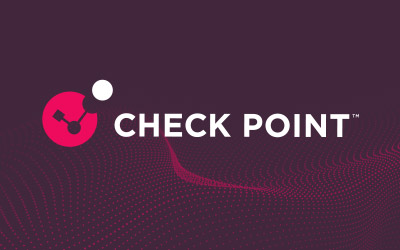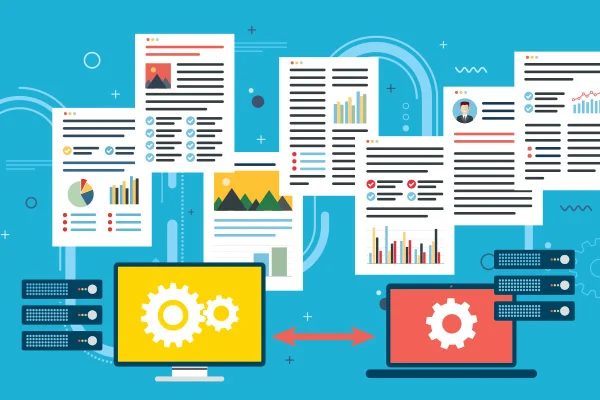1: Introduction
1. Overview of Check Point Security Architecture
1.1 Introduction to Check Point’s Architecture (Ref: Software Architecture)
1.2 Core Components: Firewall, VPN, Threat Prevention
1.3 Benefits of Check Point’s Unified Security Approach
- Understanding Network Security
2.1 Key Concepts in Network Security
2.2 Role of Firewalls, VPNs, and Threat Prevention
2.3 Real-World Examples of Security Threats
2: Configuring Firewalls
1. Introduction to Firewalls
1.1 Features and Capabilities of Firewalls
1.2 Overview of Firewall Architecture
2. Initial Setup and Configuration
2.1 Installing Check Point Appliances
2.2 Configuring Basic Network Settings and Interfaces
2.3 Setting Up the Management Server
3. Managing Firewall Policies
3.1 Configuring Security Policies and Access Rules
3.2 Best Practices for Policy Creation and Management
3.3 Policy Testing and Troubleshooting
3: Advanced Firewall Management
1. Advanced Firewall Features
1.1 Stateful Inspection and Deep Packet Inspection
1.2 Application Control and URL Filtering
2. Monitoring and Managing Traffic
2.1 Using Logging and Monitoring Tools
2.2 Analyzing Traffic Logs and Reports
2.3 Configuring Alerts and Notifications
4: Configuring VPNs
1. Introduction to VPN Technologies
1.1 Types of VPNs: Site-to-Site vs. Remote Access
1.2 Overview of VPN Protocols and Encryption
2. Setting Up Site-to-Site VPNs
2.1 Configuring VPN Tunnels Between Sites
2.2 Establishing Secure Connections with Branches
2.3 Troubleshooting VPN Issues
3. Configuring Remote Access VPNs
3.1 Setting Up VPN Access for Remote Users
3.2 Configuring Authentication and Access Policies
3.3 Managing VPN Client Software and Connectivity
5: Threat Prevention and IPS
1. Overview of Threat Prevention
1.1 Key Technologies: Antivirus, Anti-Bot, IPS
1.2 Understanding the Role of Threat Prevention
2. Configuring IPS
2.1 Setting Up IPS Policies and Signatures
2.2 Analyzing and Responding to Alerts
2.3 Fine-Tuning IPS for Performance
6: Advanced Threat Prevention
1. Advanced Features
1.1 Behavioral Analysis and Threat Emulation
1.2 Threat Intelligence Integration
2. Configuring Threat Prevention
2.1 Setting Up Prevention Policies
2.2 Analyzing Logs and Reports
2.3 Using Intelligence for Proactive Defense
7: Check Point Security Management
1. Introduction to Security Management
1.1 Overview of Management Server
1.2 Understanding Management Architecture
2. Managing Policies and Devices
2.1 Configuring Device and Policy Management
2.2 Using SmartConsole for Centralized Control
2.3 Performing Routine Tasks
8: Monitoring and Reporting
8.1 Monitoring Check Point Solutions
8.2 Using Monitoring Tools and Dashboards
8.3 Setting Up and Managing Logs
8.4 Generating Reports and Analyzing Data
8.5 Creating Custom Reports and Dashboards
8.6 Analyzing Security Incidents and Trends
8.7 Using Reports for Compliance and Audits
9: Troubleshooting and Optimization
9.1 Troubleshooting Common Issues
9.2 Diagnosing Firewall and VPN Issues
9.3 Solving Common Problems
9.4 Optimizing Performance
9.5 Tuning Firewall and VPN Performance
9.6 Optimizing Threat Prevention Management
9.7 Regular Maintenance and Updates
10: Future Trends and Best Practices
10.1 Emerging Trends in Security
10.2 Upcoming Technologies and Threats
10.3 Future of Check Point Solutions
10.4 Best Practices for Network Security
10.5 Implementing Holistic Security Strategies
10.6 Continuous Improvement and Staying Updated
10.7 Leveraging Check Point’s Latest Features







Reviews
There are no reviews yet.